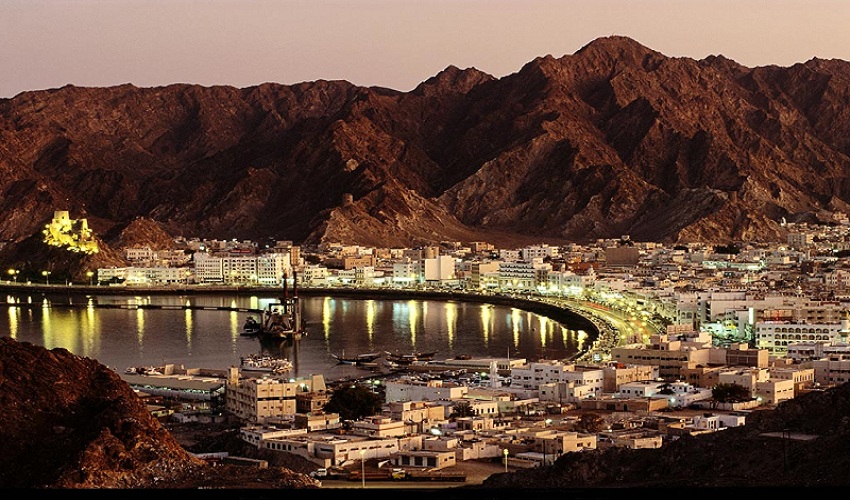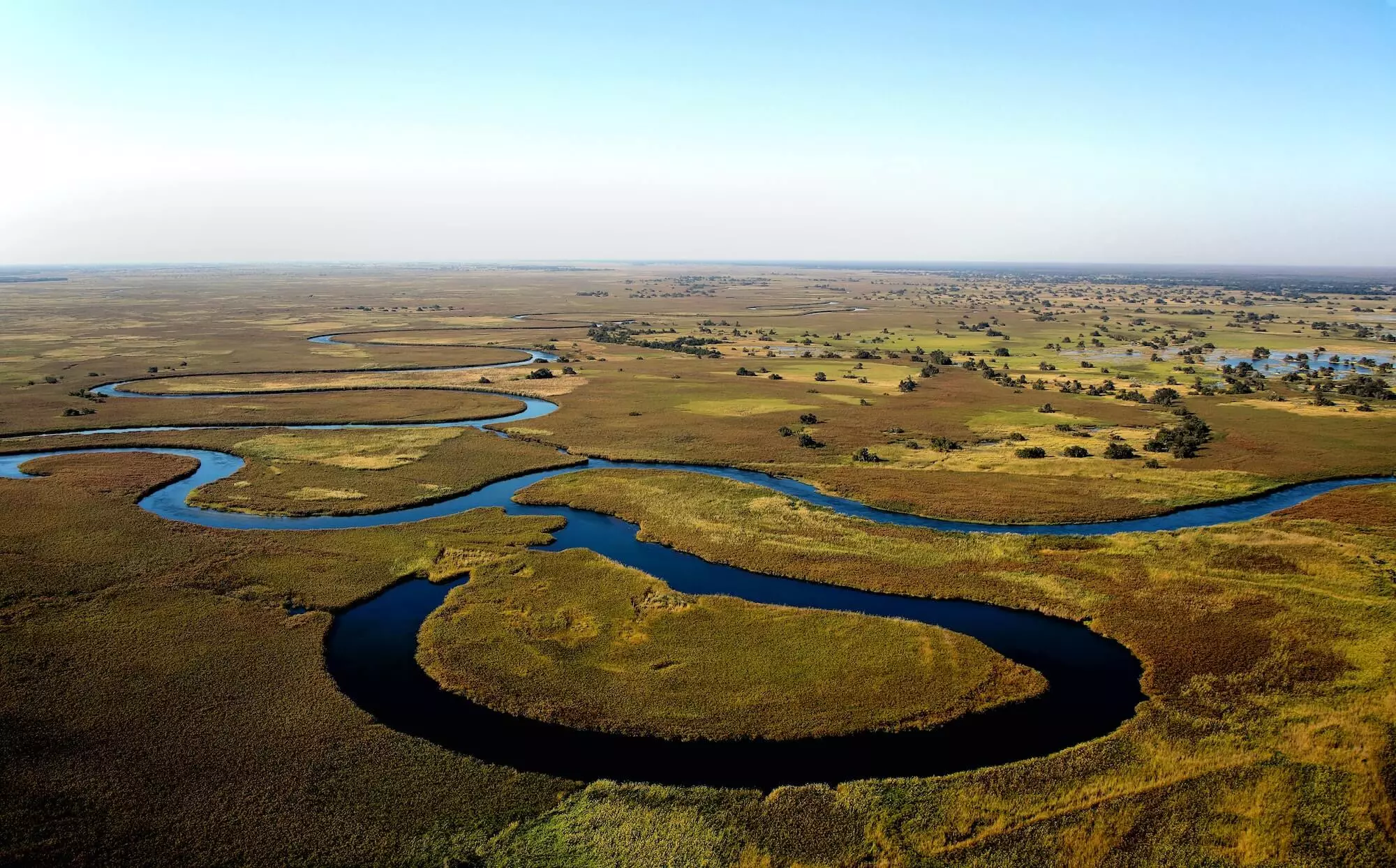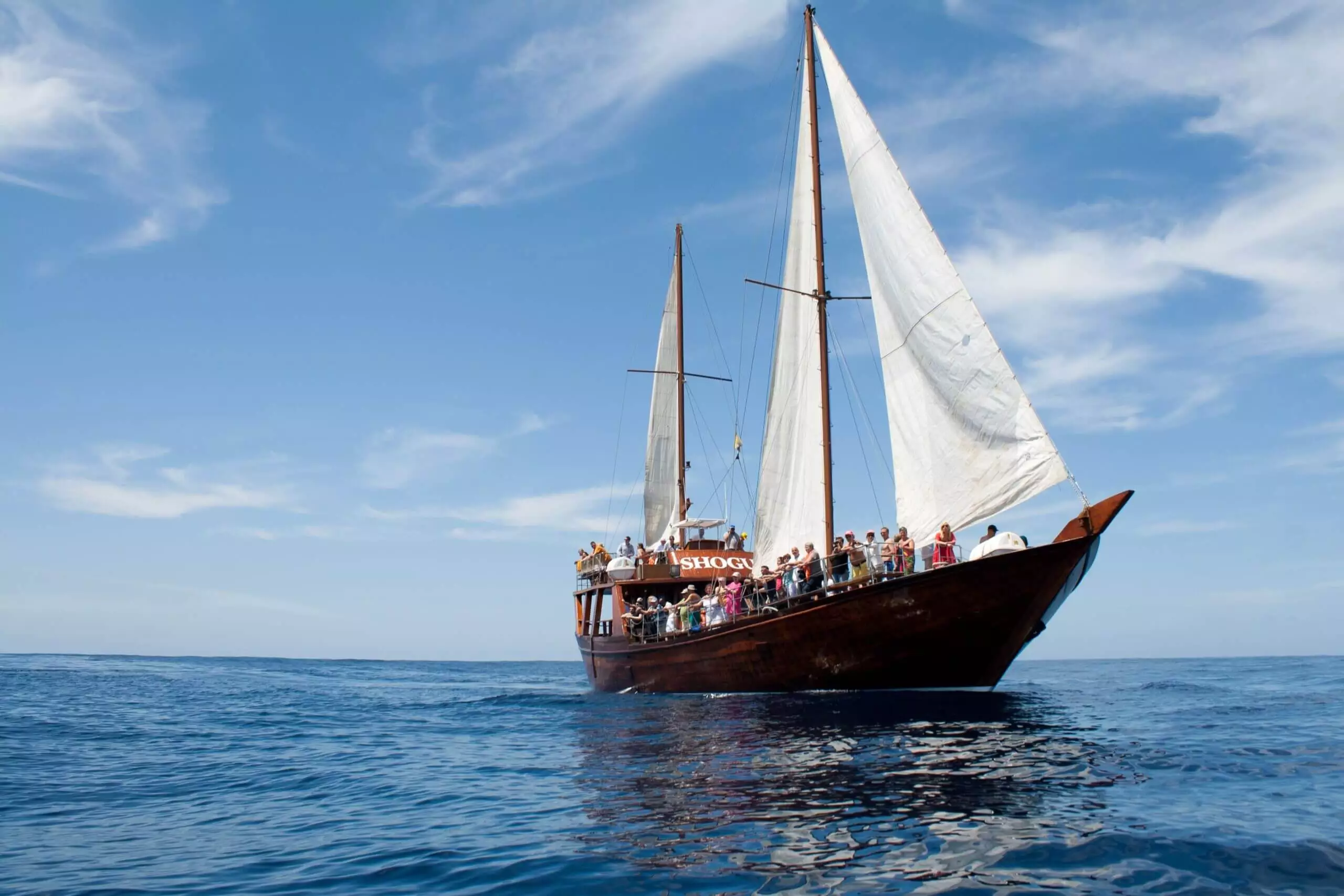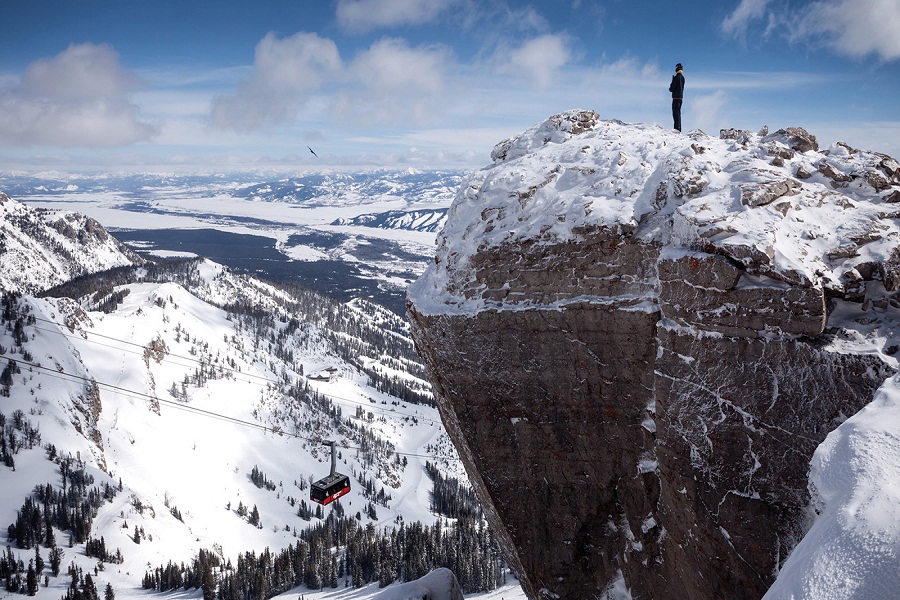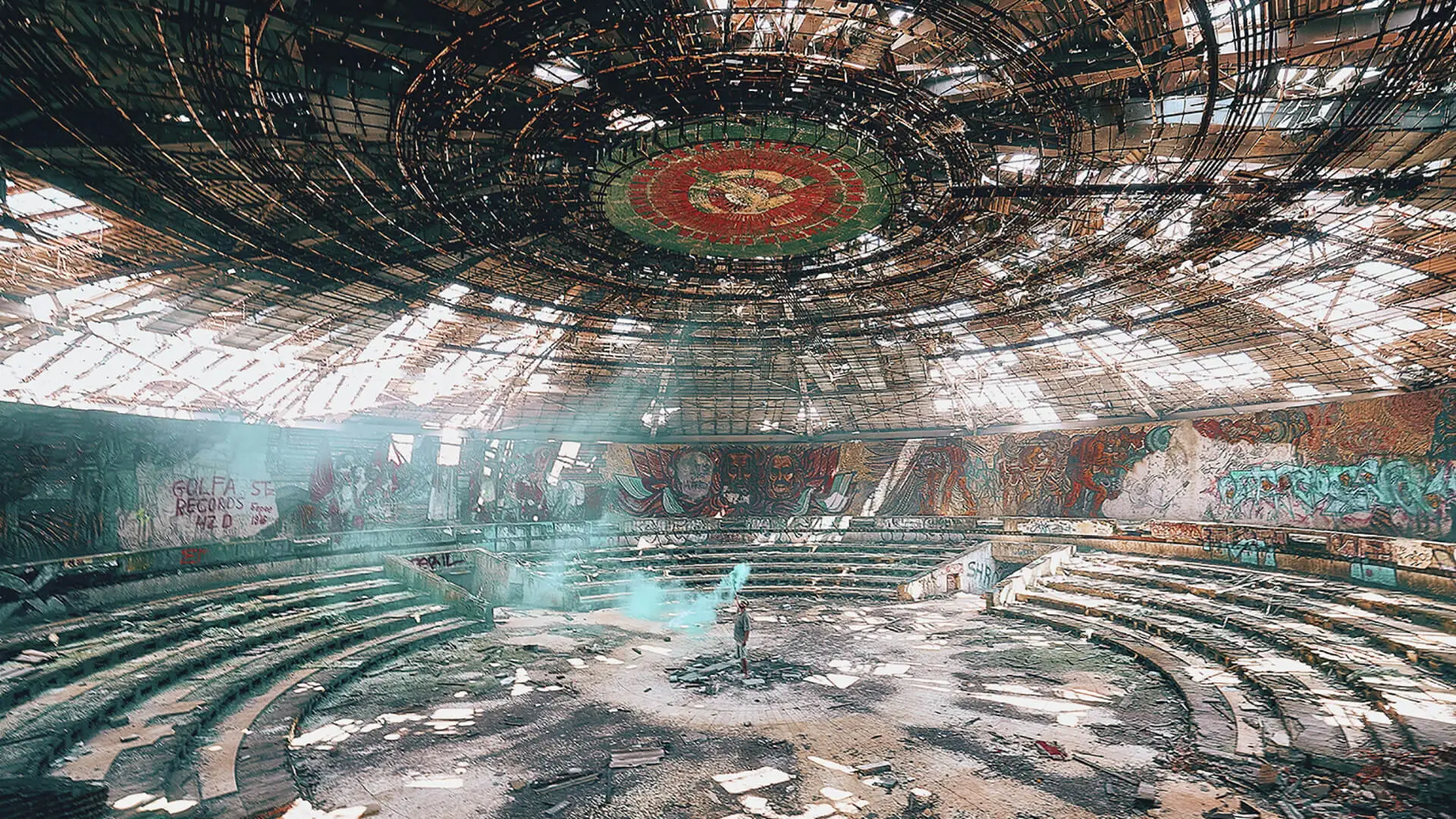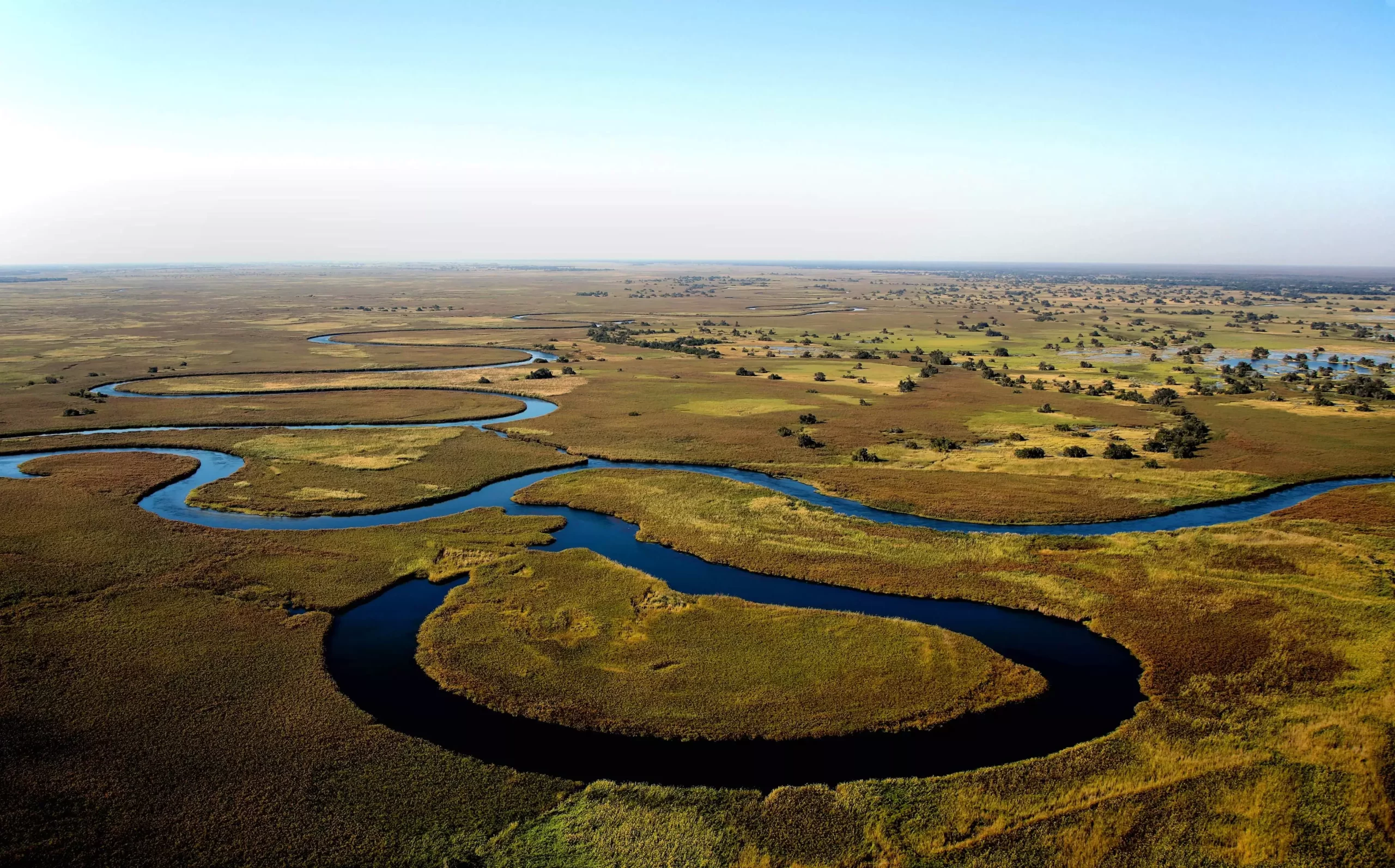The Caves of Drach in Mallorca are one of the top attractions on the Mallorca island in Spain. They are located in the East coast far from the busiest tourist areas. To get there we will drive through the inland area of Mallorca, where the landscape changes completely. As our guide from the tour company mentioned “It is an area where you are not going to see any hotels or massive buildings, you will see the real countryside of Mallorca with farmlands”.
Caves in Mallorca
There are about 200 caves in Mallorca, most of them on the east coast. There are five caves open to the public:
-
- Arta caves, located in the east area, and considered the biggest caves of Mallorca.
- Hams caves, located close to Porto Cristo, and famous for a room called the “hams room”, where the stalactites form figures similar to hooks.
- Genova caves located in the south area.
- Campanet caves located close to the north area, and the smallest ones.
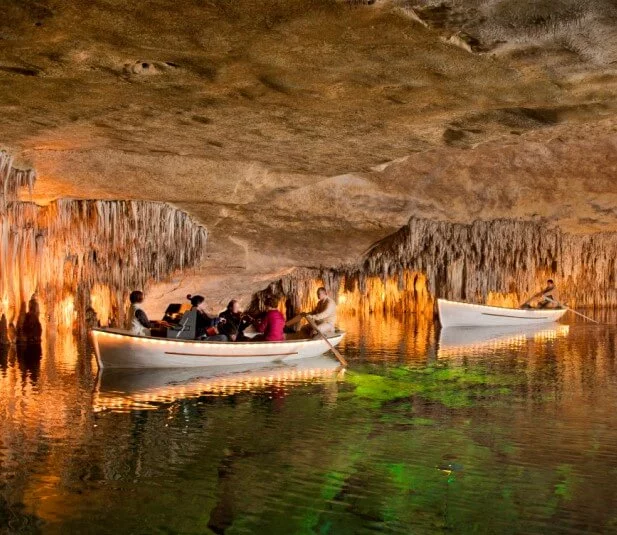
- The Caves of Drach
The Caves of Drach are the biggest and the most visited, not just in Europe but worldwide: 6000 visitors every day during the summertime. The caves are situated half a kilometre away from the sea, on the south east coast of Mallorca, in the centre of the Mediterranean Sea.
The name of the Caves of Drach
Drac means dragon, so these are the dragon caves. In Mallorcan medieval mythology, the dragon figure usually appears as a guardian of treasure. This could be possibly the origin of the name, referring to an unexplored cavern that needs to be protected from the danger of deep dark chasms by means of fear.
In fact, in the “rondalles mallorquines” (a legend book), an important part of the folklore of our time, the dragon always appears as the guardian of treasure.
Another theory is that there was a dragon living in the caves, but years later the skeleton of a pig was found inside the caves, and probably with its cries of agony, the habitants of the surroundings thought it was a dragon, because of the echoes.
History of the Caves
Part of the caves must have been known by the first settlers / habitants on the island. Inside the caves was found part of a prehistoric settlement.
During the excavations in 1951, a large amount of Ptolaiotic, Punic, Roman and Arabic ceramics were found in the caves, which prove the knowledge and the use of these caverns approximately 3000 years ago.
The first written proof we have about the existence of these caves is a declaration of 1338 from the island governor asking the mayor of Manacor not to allow a group of men to explore the caves. The treasure-seekers proliferated in those centuries, looking for gems and gold, which, according to popular imagination, the Moors had hidden before the conquerors’ arrival.
Towards 1850, the caves began to be visited, but not the part we are going to see, it was another part, less interesting.
In 1878, 3 Catalonian tourists visited the caves with a guide who knew the caves well because his cousin had spoken once with a fisherman who had a brother who heard about the caves! With such clear information, they were lost after 30 minutes, and no one knew where they were. After 3 days some people arrived to rescue them.
The history does not say if they gave a tip to the guide, but the story appeared in all the Spanish newspapers.
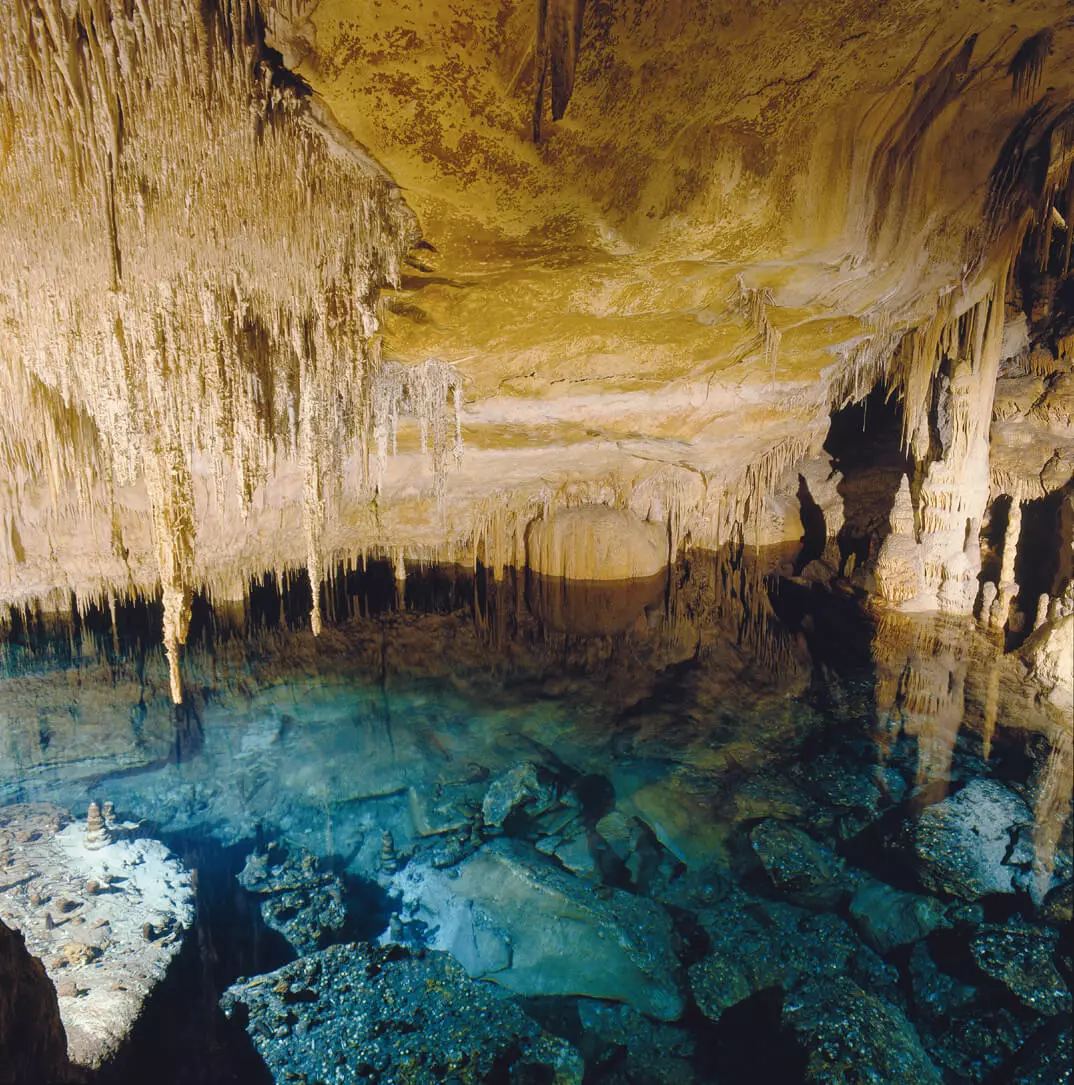
But the universal popularity of these caves is thanks to the archduke Luis Salvador who sponsored Eduard Martel to visit the caves in 1896, and he explored the caves discovering the Martel Lake, the biggest one in Europe, and in total 1.312 yards of unexplored cavities.
The lake is 600 feet long, 150 feet wide and the depth about 15-30 feet. There are two small islands in the lake known as Mallorca and Menorca.
In 1922, Mr. Servera Camps and his wife bought the property where the caves are situated. Immediately after the purchase, they started to make new paths, stairs, preparing the amphitheatre, and so on. In 1925, the route was finished, and in 1929 the new entrance was built. Together with the route, there are two more points that offer a spectacle unique in the world:
The Music
Mr. Servera realized that the acoustics were incredible in the caves, and he came to the conviction that music would be an essential complement during the visit.
After trying back-drops, choirs, and groups, he staged the definitive concert on Lake Martel, which was performed for the first time on 9th February 1931 and has remained unchanged for more than half century.
The Light
The artificial work in the caves culminated in 1935 with the inauguration of a network of electricity throughout the cavern. This unusual and complicated work was projected and directed by the engineer Buhigas, who achieved world fame through his illuminated fountains at Montjuic at Barcelona’s universal fair of 1929.
It took him 15 months to finish it and he did not accept any payment for it: “this work is priceless,” he said. “Because there is nonsimilar. Besides, I have enjoyed it, because of all the difficulties and the conditions I had to work under.”
During his last visit to Mallorca, he declared that the lake Martel’s illumination was his masterpiece.
The water is crystal clear, sweet, and salt water (3% salt). The lake’s level is at the sea’s level. The temperature is about 18º, and it remains the same temperature throughout the year.
According to the colour you can know the depth:
– If it is green there are 3 metres
– If it is blue there are 8 metres
– If it is white there is 1 metre
A tour inside the Caves of Drach
First you will be waiting until 11:00, when they will allow you to go inside. The first cave you see is called “Montserrat valley”. It looks like the Montserrat valley in Barcelona, and you can see stalactites and stalagmites like carrots.
Later you will see the first lake, Diana’s lake. It is a very small lake, but beautiful. There, you can see the stalactites reflected on the crystal water.
Then we get to the Angels room, with the figure of Buda, the statue of Venus from the Nile, the Virgin, Saint Antonio of Padua, and many more.
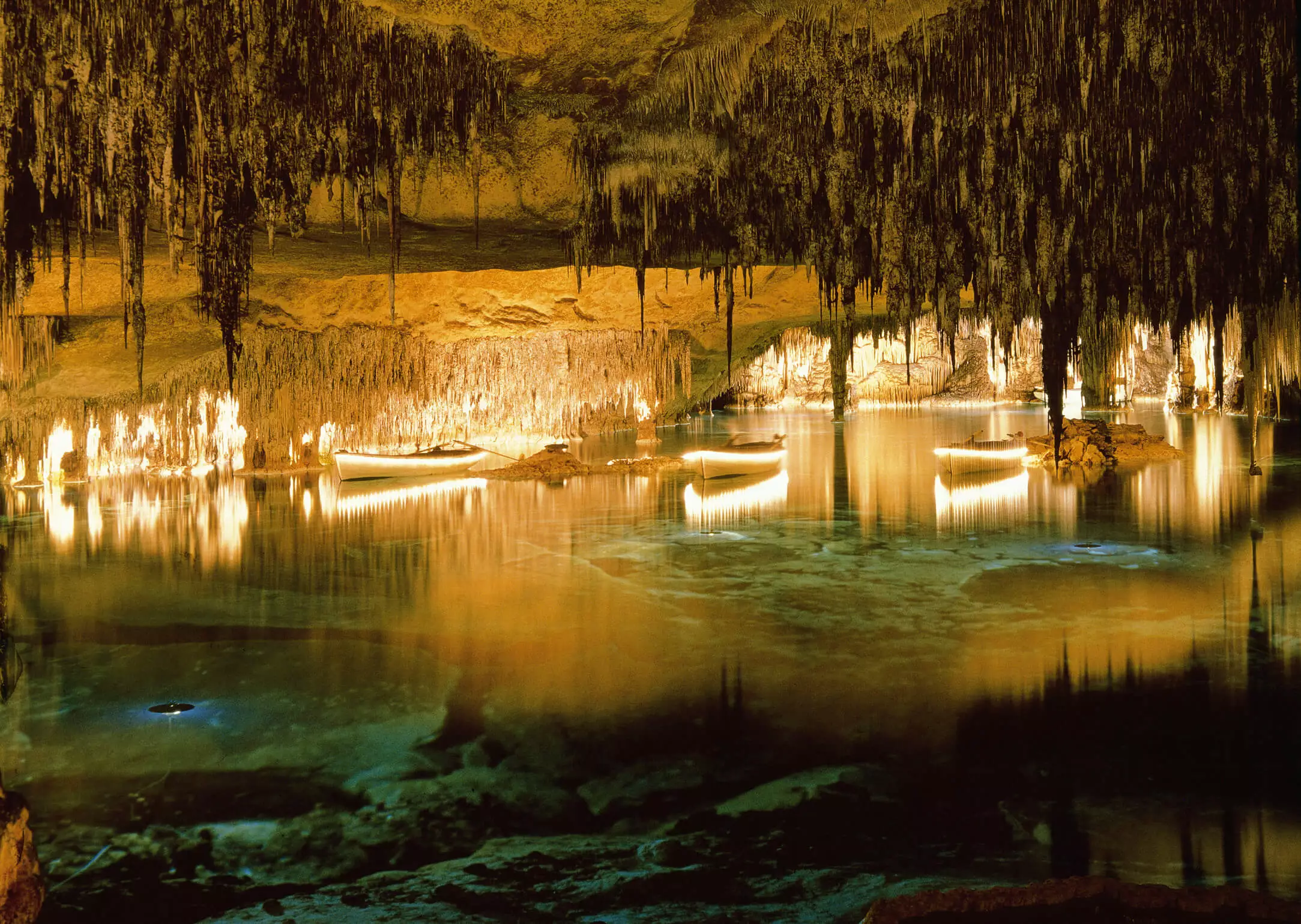
Finally we get to Martel’s lake. We have there the amphitheatre with 700 seats. Take your seat, and as soon as everybody takes a seat, the lights will go down. The highlight will start; the classical music concert.
Slowly, the lights will come up, and some boats will appear with musicians on board. They will play some of the most famous classical music for about 15 minutes.
As soon as the concert is over, you can board one of the boats or you can start to walk to the exit. The exit is the worst thing. Regardless of whether or not you take the boat, you have to walk up 119 steps. So walk slowly, and take your time.
This visit takes about 1 hour. After it, you can go to Porto Cristo which is nearby and it is worth the visit.
